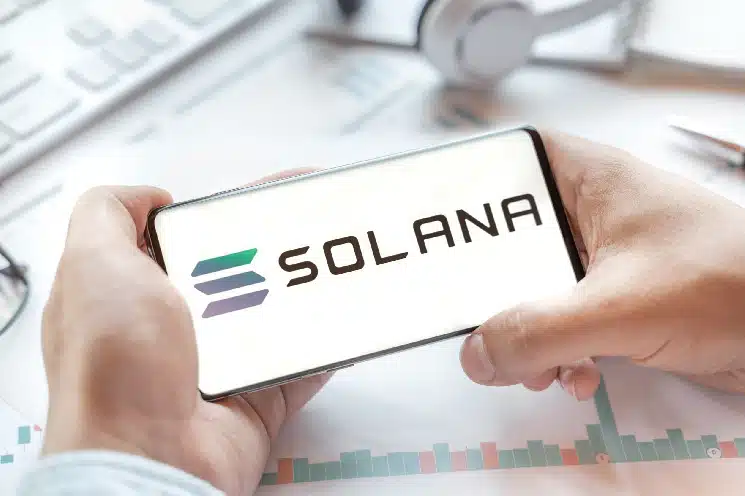Solana witnessed a resurgence in the first quarter of the year after four months of declination due to FTX’s November collapse last year. On-chain data indicates that in April, Solana’s wallet activity was the second-highest among all blockchains, topping Polygon and Ethereum.
Messari’s “State of Solana Q1 2023” report reveals that the blockchain started the year on a high note. The network’s native token, SOL, saw its market cap increase by 118.1% quarter-on-quarter, and it is currently up more than 127% YTD.
Additionally, SOL’s total transaction fees grew by 68.7% during the quarter, indicating a boost in network activity. The average number of validators on the network also increased by 18.9% QoQ, demonstrating a shift towards a more decentralized state.
An outage occurred after the release of version 1.14 in February; however, the adoption of priority fees increased in the first quarter of 2023. Several ecosystem developments contributed to fee-payer and transactional activity on Solana, including the BONK airdrop, NFT collections, and decentralized physical infrastructure networks (DePIN) applications.
Moreover, liquid staking derivatives grew significantly in the quarter, led by Marinade Finance, Lido, Jito, and JPool. Messari commented that these entities grew their total value locked (TVL) by 100% or more during the quarter, ranking among the top 20 by TVL and ending Q1 with around $205 million in TVL.
In addition, Solana’s NFT ecosystem experienced an upswing, with the total number of daily new NFTs increasing by 11.8%. In DeFi, the TVL denominated in USD increased by 23.5% QoQ. Messari also noted that the network’s GameFi and other use cases continued to improve.
Despite stiff competition in the blockchain industry, Solana remains confident in its technical strengths and ability to attract developers to its platform. Anatoly Yakovenko, the founder of Solana Labs, emphasizes that the blockchain remains ahead of the game on the technology front, citing its unmatched speed and transaction capabilities.
Yakovenko mentioned that several other blockchain projects, such as Helium and Render, are gravitating towards Solana due to its technical superiority. Helium abandoned its infrastructure in favor of Solana, while Render shifted from Polygon to Solana last week.
One challenge Solana had to overcome was its close relationship with the defunct FTX cryptocurrency exchange and its disgraced CEO Sam Bankman-Fried. Alameda Research, SBF’s crypto hedge firm, was heavily invested in SOL, which lost more than half of its value after the platform’s implosion.
Despite FTX’s demise, Solana’s ecosystem remains resilient, as developers persist in building on the platform. Following the FTX collapse, Yakovenko stated that over 800 projects were submitted by developers during a hackathon.
On-chain data supports the strength of the Solana blockchain and its continued growth. In April, wallet activity on Solana ranked second-highest among all blockchains, exceeding Ethereum and Polygon and following only BNB Chain.
Currently, SOL is trading at $22.28, marking an increase of 3.1% over the past 24 hours. The token is up by 9% over the past month but down by more than 91% compared to its all-time high of $259 in November 2021.


